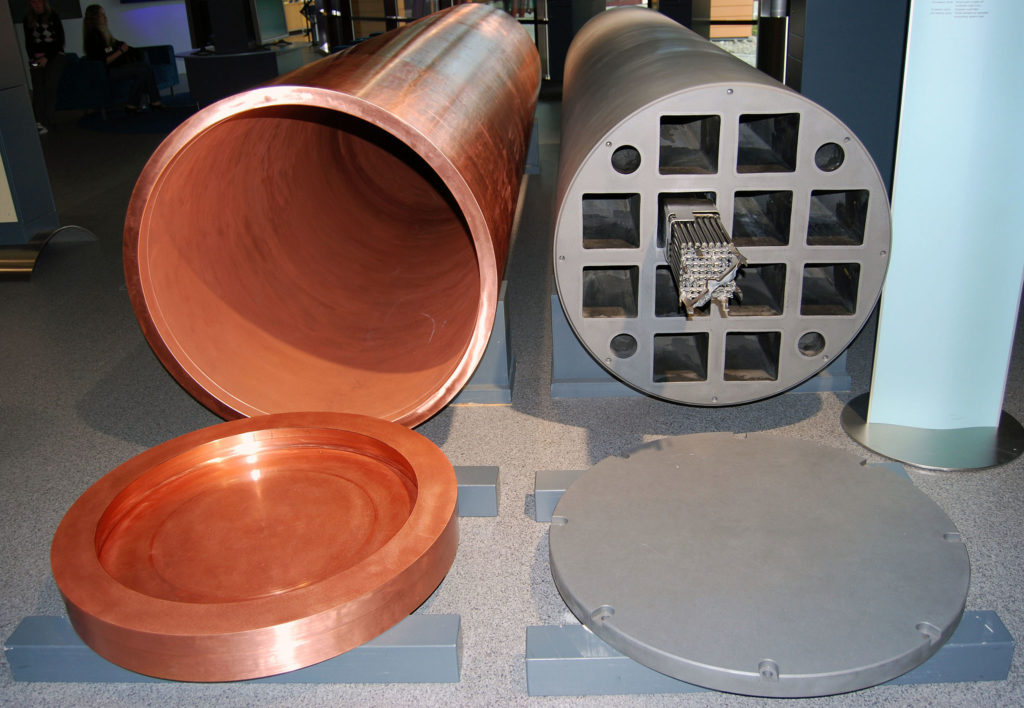The responsibility of countries to manage and dispose of their own spent fuel and radioactive waste does not preclude a collaborative approach. The economies of scale of multinational geological repositories (MGRs) would benefit not only countries without suitable geological conditions or those with small waste volumes but also the nuclear non-proliferation regime given material would be consolidated at fewer sites. Existing nuclear cooperation agreements (NCAs) may be sufficient for participation in an MGR but there may be a few elements that would require further clarification. Additionally, new NCAs for MGRs may have to be negotiated among participants in line with international, multilateral and bilateral treaty obligations while addressing complexities specific to shared geological facilities, such as transport and transfer of ownership. The long timelines of underground disposal also require the forecasting of several ‘what ifs’ regarding the future global political landscape and its nuclear risks. Raising more questions than answers, this working paper considers some safeguards implications for MGRs, particularly focusing on potential scenarios where safeguards agreements may no longer apply; but also, how they may be shifted, and the potential for the current (and future) nuclear non-proliferation regime to respond.
Introduction
Geological repositories have long been considered the safest option for long-term isolation and permanent disposal of nuclear waste. Although it is recognized that States are responsible for their own waste management and disposal, the principle does not preclude multilateral collaboration, particularly for countries without suitable geological conditions or those with waste volumes too small for national repositories to be practical. Over the past forty years, a variety of models for multinational geological repositories (MGRs) have emerged, each underscoring how consolidating nuclear waste at fewer sites globally would benefit not only economies of scale and size, but also non-proliferation and international security. At the same time, there has been little study on the non-proliferation obligations that would accompany MGRs, particularly those arising from the network of bilateral nuclear cooperation agreements (NCAs) that have evolved over time and are in addition to international treaty requirements which shape global nuclear trade. These treaty-level mechanisms are additional to IAEA safeguards and provide further assurances of peaceful uses and could have wide-ranging implications for a multinational repository.



